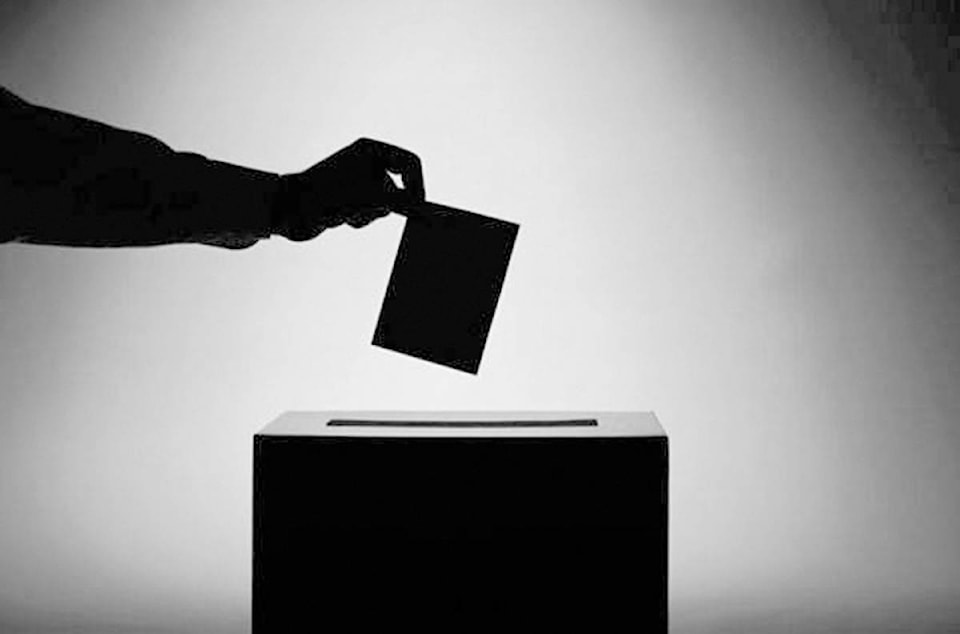In the 2017 provincial general election for British Columbia, just over 61 per cent of registered voters cast their ballot. Of that group, 46 per cent of them were between the ages of 25 and 34. They had the lowest turnout (over 50 per cent of voters 18 to 24 voted that same year).
It was even less in the 2013 election.
Specific statistics for this election won’t be ready for some time, but what is known is that B.C. had historically low voter turnout in 2020 — just over 52 per cent of registered voters as of Oct. 26.
It makes one wonder: why is voter turnout declining?
In general, low voter turnout can be attributed to disillusionment (discovering that something is not as good as one believed), indifference (lack of interest or sympathy) or a sense of futility (the feeling that one’s vote doesn’t count).
And young voters traditionally have lower turnout numbers than the older generations.
There might be a trend here.
In 2015, voter turnout was the highest since 1993, at over 68 per cent. Young voters came out in droves, with the participation of those aged 18 to 24 increasing by over 18 per cent, and the next age group (25 to 34) increasing by 12 per cent.
These age groups are largely credited as being the driving force for Justin Trudeau’s Liberal majority.
But, they are also the voting group that tends to a sense of disillusionment, indifference and futility: “One vote doesn’t make a difference;” “It doesn’t affect me;” “These choices don’t work for me.”
This was evident in the 2016 presidential election when voters had to choose the best of the worst.
It may also be evident in this years’ election, with the NDP promising the status quo, and the BC Liberals making promises for more cops, axing the PST and privatizing insurance.
These are policies that might not appeal to a majority of young voters, with the Black Lives Matter movement, income and job security concerns amid the pandemic and hearing about monstrous insurance increases in Alberta.
Tom Hawthorn, a contributor for The Tyee, noted evidence suggests the NDP’s historic win is the beginning of “political realignment” in the province.
Only time will tell us how and who voted in this election — and who won.
